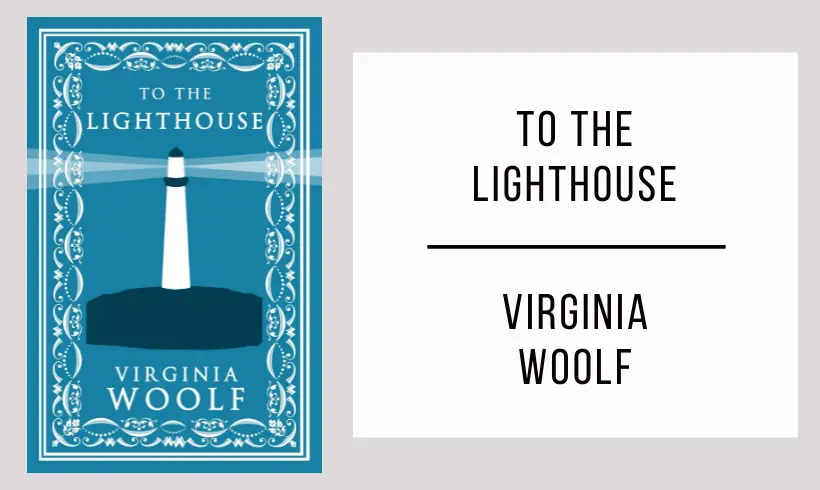To the Lighthouse is a masterpiece by Virginia Woolf that transports readers through emotional landscapes and profound explorations of the human experience.
Download your free PDF copy of To the Lighthouse now and immerse yourself in this unforgettable literary journey.
Don’t miss the opportunity to delve into the pages of ‘To the Lighthouse,’ a story that will captivate you with its poetic beauty and extraordinary ability to reveal universal truths.
To the Lighthouse in PDF
*Wait a few seconds for the document to load, the time may vary depending on your internet connection. If you prefer, you can download the file by clicking on the link below.
Loading fileInformation To the Lighthouse
- Author: Virginia Woolf.
- Publication Date: 1927.
- Main Characters:
- Mrs. Ramsay: A charming and motherly woman who is the center of the Ramsay family.
- Lily Briscoe: A young painter and friend of the Ramsay family.
- Mr. Ramsay: The husband of Mrs. Ramsay, a philosopher and father of eight children.
- Brief Summary: “To the Lighthouse” is a novel set on the Isle of Skye, Scotland, following the Ramsay family and their friends in two different time periods: before and after World War I. The story focuses on the complex relationships between the characters, their internal struggles, and reflections on life and death.
- Thematic Analysis: “To the Lighthouse” explores themes such as the nature of time, the significance of art and creativity, mortality, the transience of life, as well as human relationships and tensions between reason and emotion.
- Historical Context: “To the Lighthouse” was published in 1927, during a period of significant societal and literary changes. Virginia Woolf, a prominent figure in the literary modernist movement, challenged established narrative conventions and delved into character psychology and subjective perspectives. The historical context includes World War I and its impacts on British society, as well as advancements in the feminist movement and shifts in gender relations.






